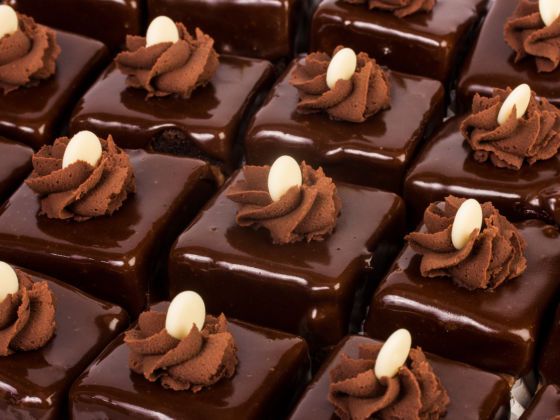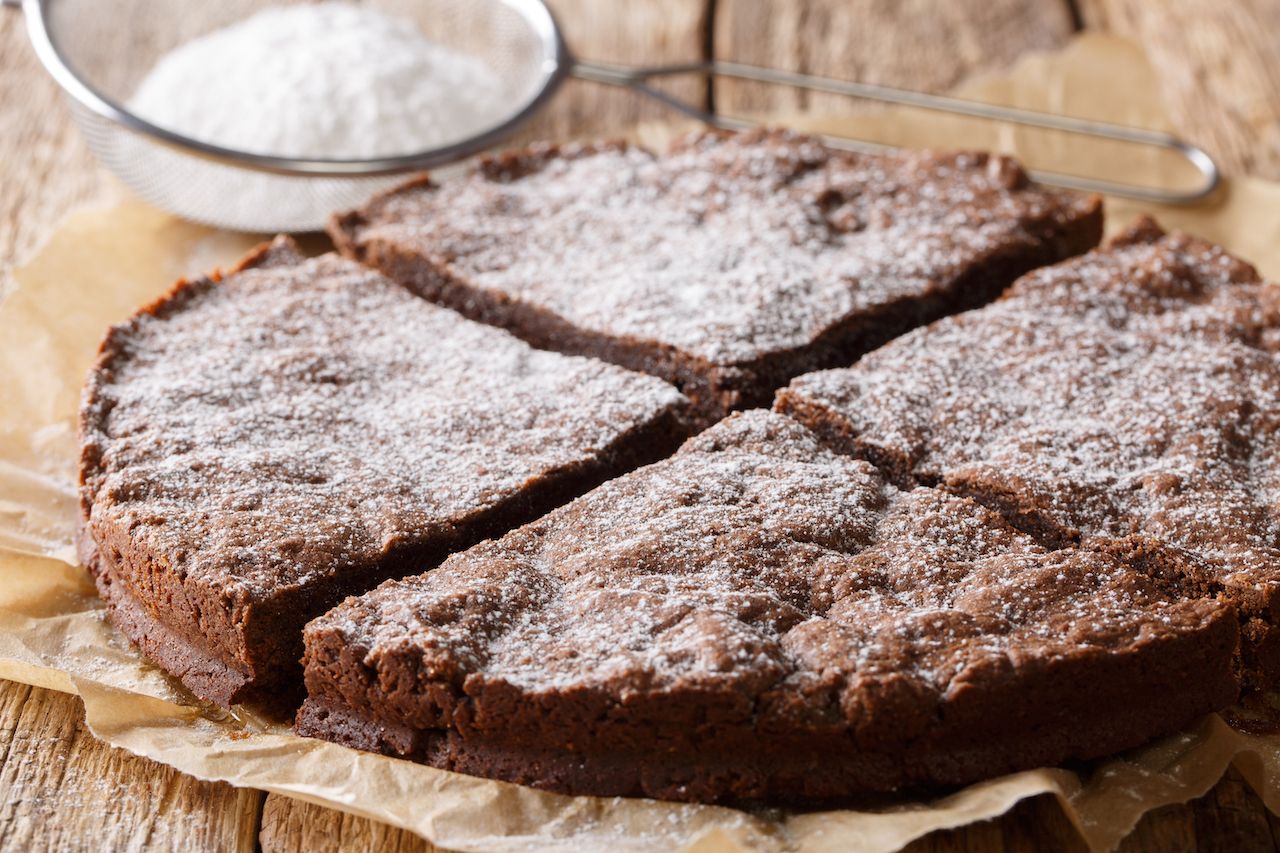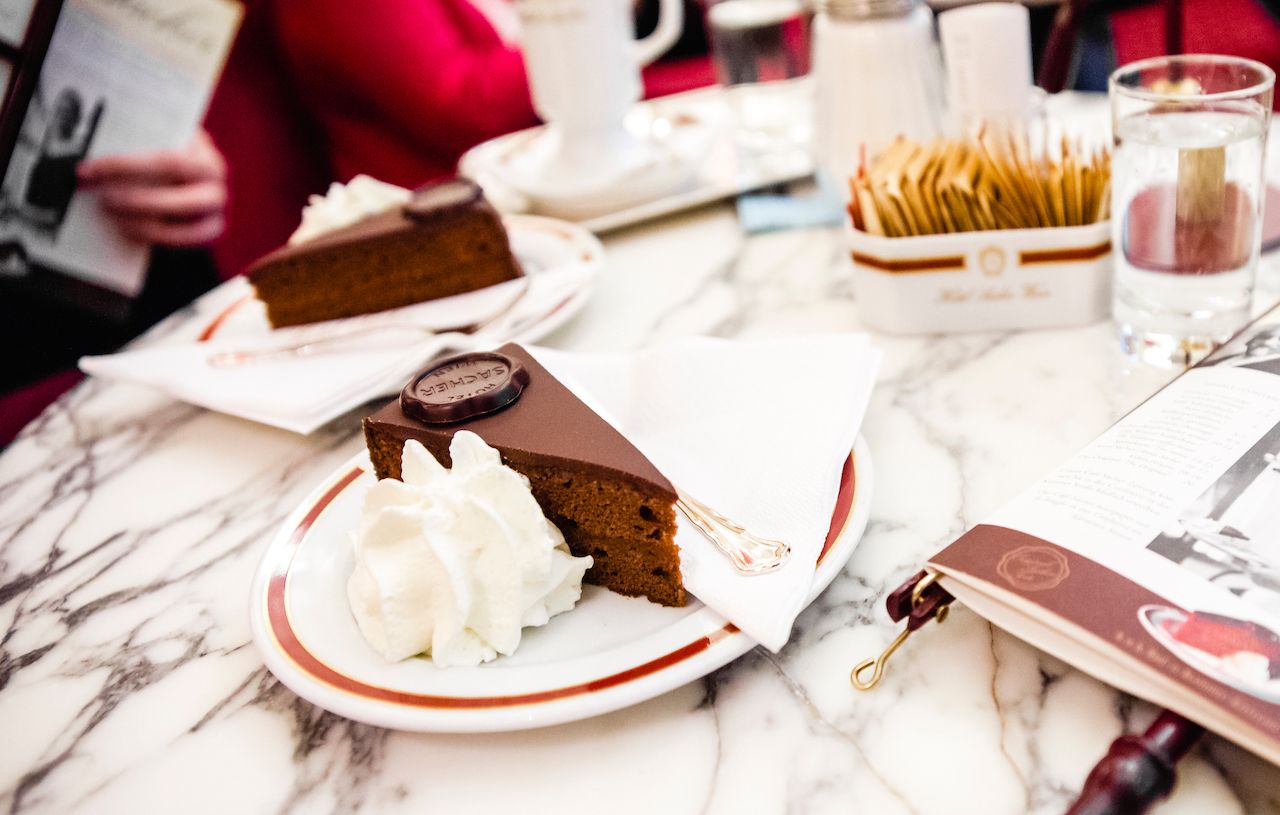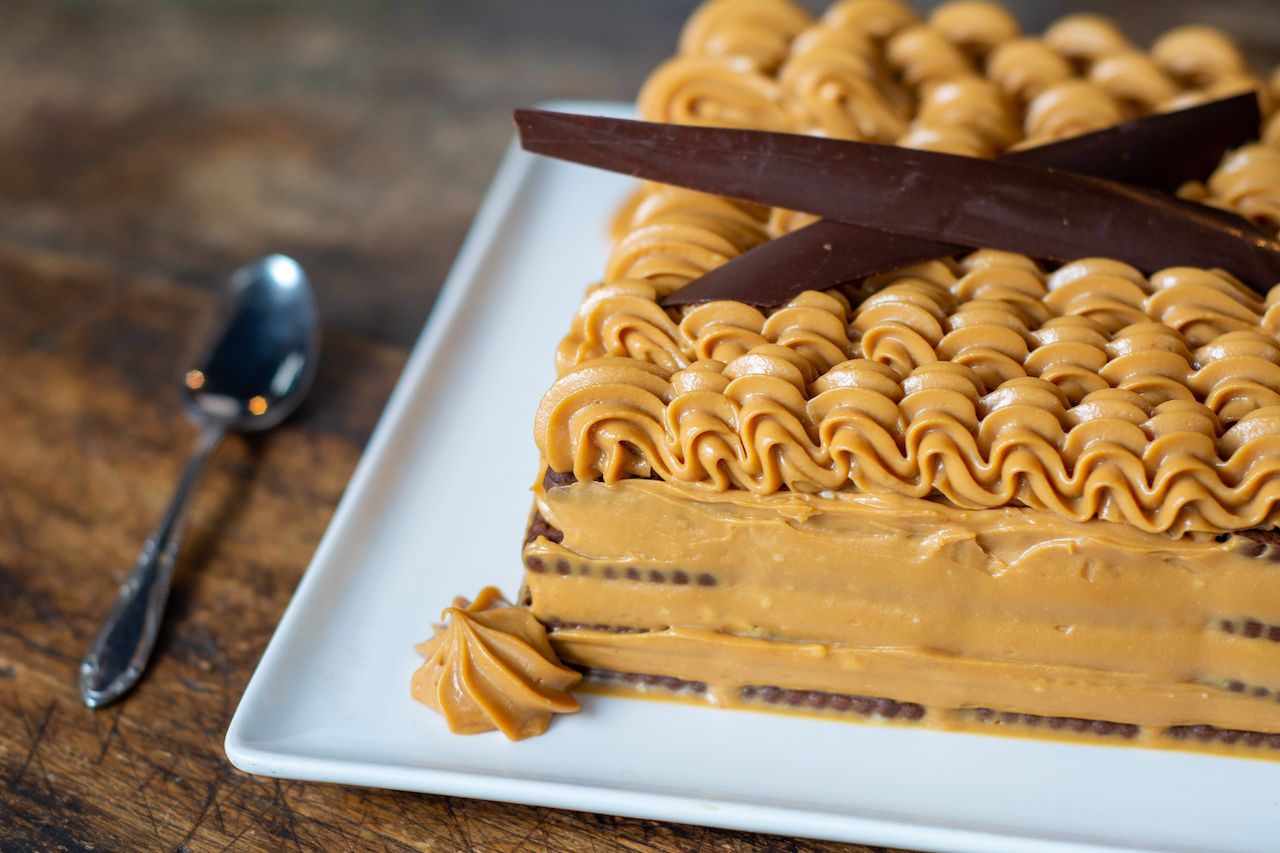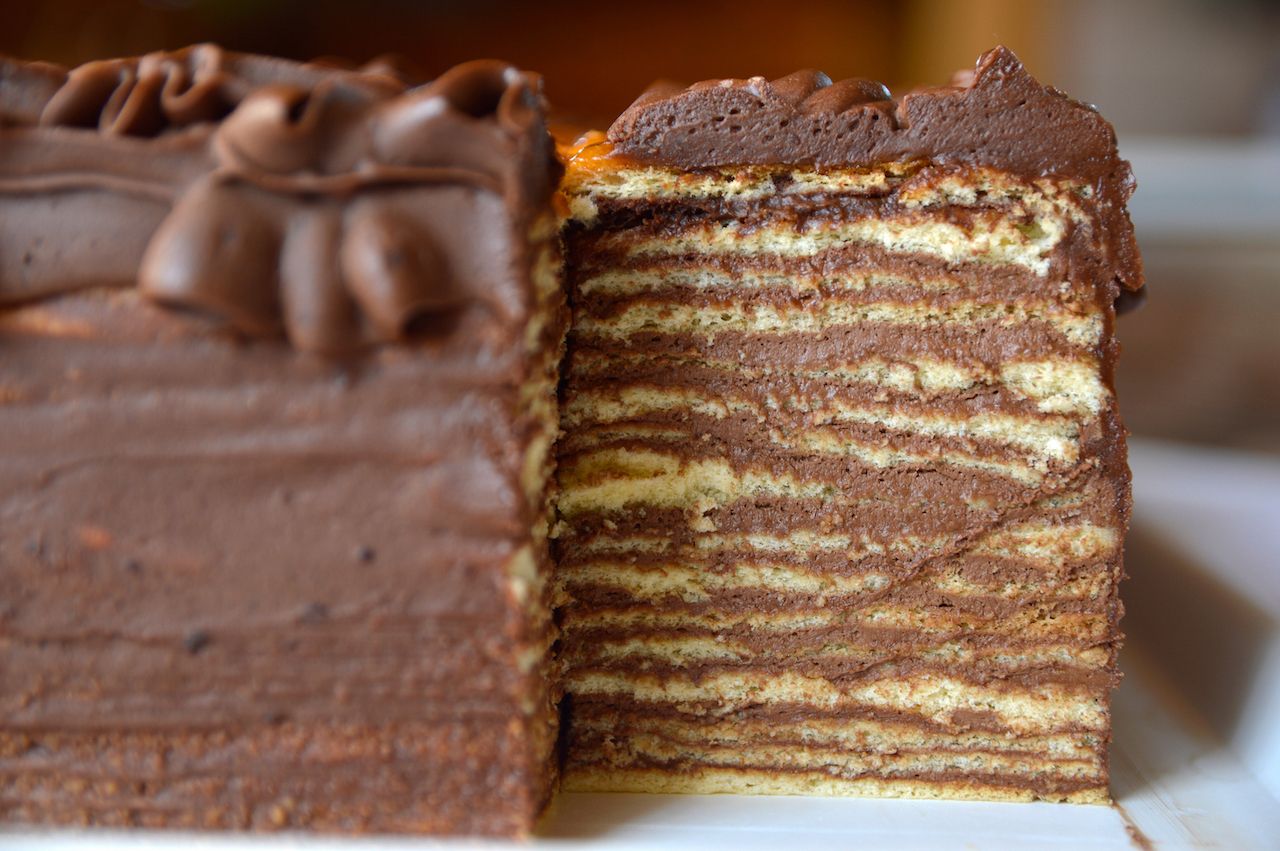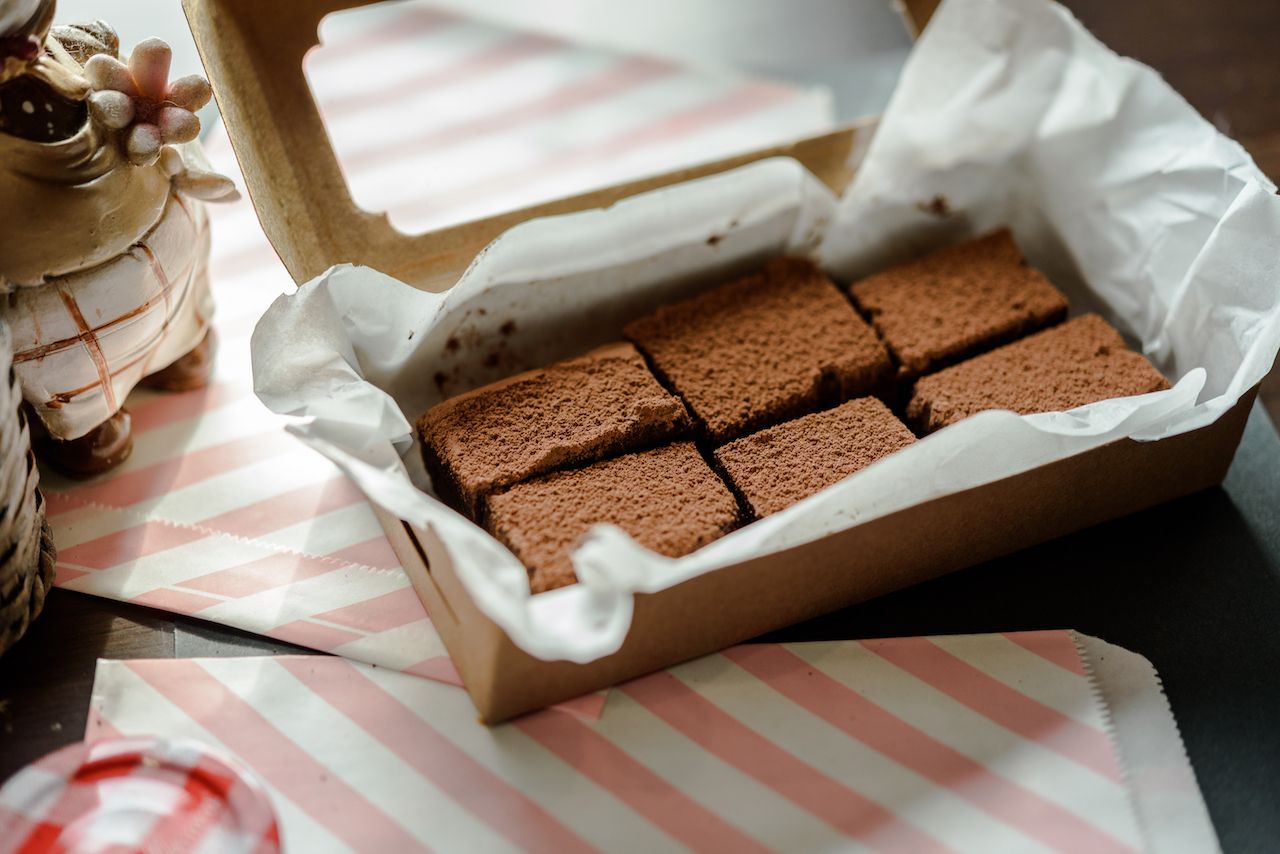Chocolate is a unicorn in the food world: It’s one of the very few ingredients that nearly everyone can agree is perfect in every way. It can be creamy, rich, or decadent — and it’s usually all three at once. Its flavor is surprisingly complex, but balanced, hovering somewhere between sweet and bitter. And chocolate is versatile, too: It can satisfy and titillate in the form of a hot drink or a bar of fudge. But in the form of cake, it has no equal.
Whether it’s constructed from light sponge cake filled with chocolate buttercream or layers of dulce de leche in between coffee-soaked chocolate cookies, chocolate cake takes many forms and has spread across the globe, from Hungary to Japan. Regardless of the style, chocolate cake offers a feeling of familiarity to travelers from everywhere and anywhere in the world.
Here are seven chocolate cakes to try on your travels.
